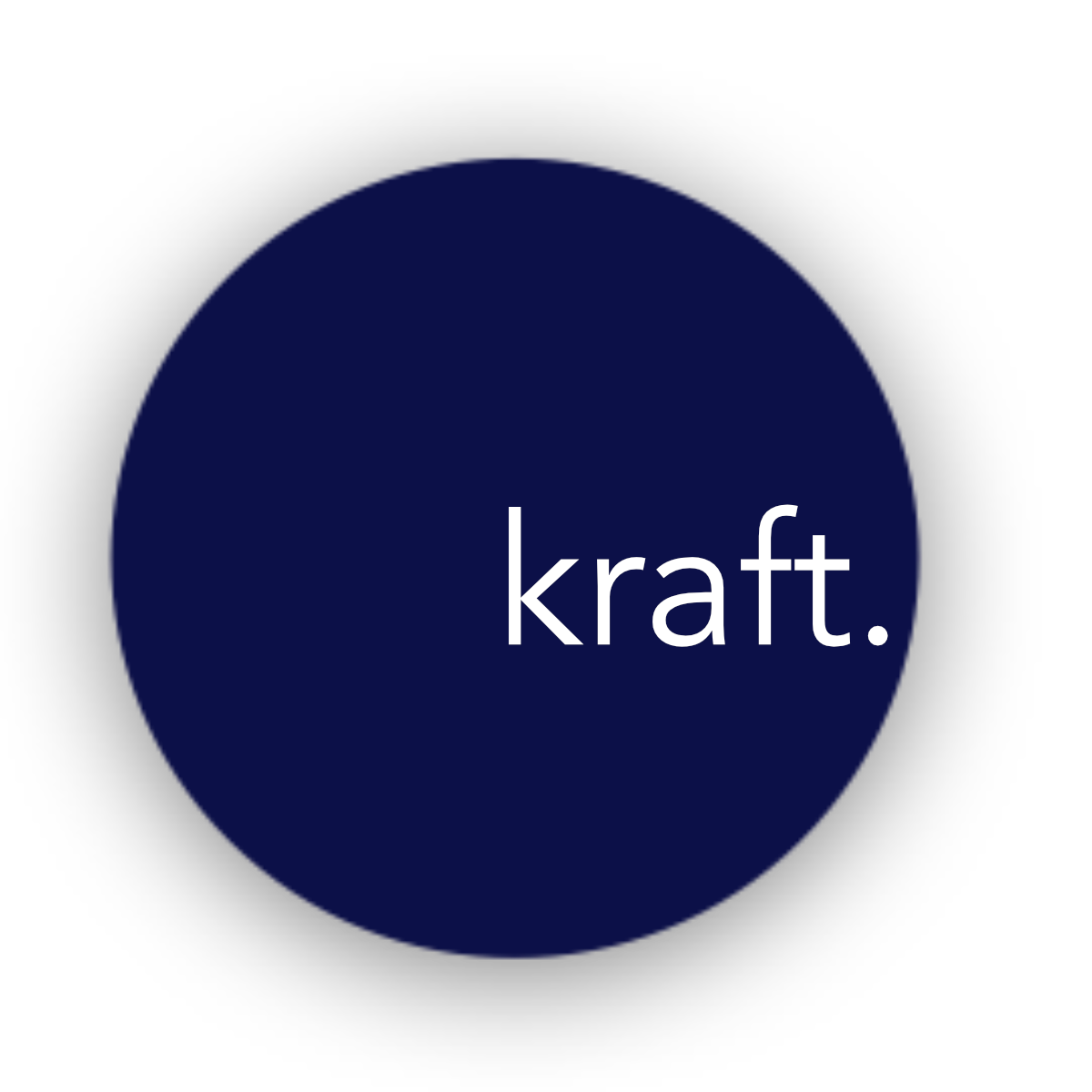Wayuu Tribe
“Located deep in the La Guajira desert, close to the Colombian and Venezuelan border, is a traditional, historical, indigenous community who are known as the people of the sun, sand, and wind – the Wayuu tribe. Arriving in La Guajira from the Amazon rainforest and Antilles in 150A.D. to escape the hostile environments and find a new home, the Wayuu people have battled – the Spanish, the Government, and, currently, mother nature – to keep their traditions alive.
The Wayuu tribe occupies 4,170 square miles (10,800 square kilometers) within the desert, covering a large area in both Colombia and Venezuela. In 1997 there were around 144,000 individuals from the tribe residing in the Colombian region, and in 2001 there were 294,000 located in the Venezuelan region.
The Wayuu tribe has a number of ancient traditions and rituals they keep alive, living in small, isolated communities, of which there are around 10 in the La Guajira department of Colombia and Venezuela. In the past living in these small communities was to prevent the mixing of goats, cows, and crops. They live predominately in huts called rancherías made from cactus or palm-leaf-thatched roofs, yotojoro (mud, hay, or dried cane) walls with basic furniture, which includes hammocks for sleeping and a small fire pit for cooking.
Each community has a communal area called a luma or enramada, which is usually an open area with pillars to hold up a flat, thatched roof. These areas are used for social gatherings, events, visitors, and business meetings. The Wayuu tribe is unique in the fact that the women of the household own the houses and run the families, while the fathers work with the animals and land. Each community has an informal leader who makes the decisions; usually, these leaders are well-connected individuals who are direct descendants of previous leaders. Often these individuals know both Spanish and the Wayuu’s language, Wayuunaiki (part of the Maipuran or Arawakan language). Their culture combines legends, myths, stories, traditions, and customs.
This tribe has inhabited the harsh environments of the La Guajira desert for centuries, living with the land and passing on traditions for generations. They survived many battles with a number of groups and fought off many Spanish invasions throughout the 18th century. In 1718 Governor Soto de Herrera said the Wayuu tribe were “Barbarians, horse thieves, worthy of death, without God, law or a king.” The tribe strengthened due to its gain in knowledge from Dutch and British invaders who taught them to fight, use firearms, and ride horses. The Spanish captured a small number of the tribe and forced them to help build the walled city of Cartagena to protect it from invasion.
During the Independence battle of Colombia and Venezuela, the Wayuu tribe fought for their right to stay in the department. Due to its desert and harsh environment, they won. The Wayuu tribe is now free from the borders of Colombia and Venezuela, occupying their own little peninsula on the Caribbean Sea.
The Wayuu people have faced discrimination and exclusion from both the Colombian and Venezuelan governments, each taking away their rights and raw materials from their land. In turn, each community has its own government and is free from both Colombia’s and Venezuela’s laws.”
Courtesy of Culture Trip
